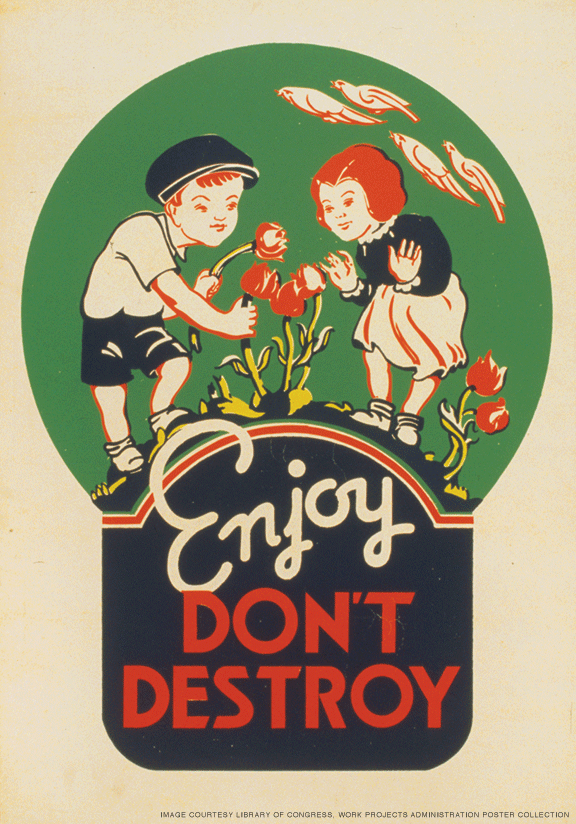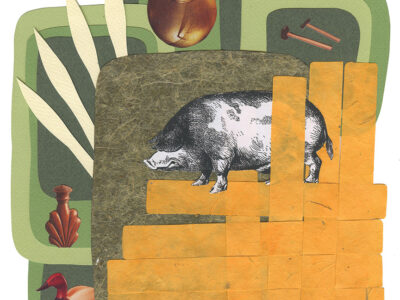
“Thou canst not stir a flower / Without troubling of a star.”
By Randy Malamud
Flowers … are always fit presents … because they are a proud assertion that a ray of beauty outvalues all the utilities of the world. These gay natures contrast with the somewhat stern countenance of ordinary nature; they are like music heard out of a work-house. —Ralph Waldo Emerson
Behind each stem is (everyone agrees) absolutely the worst, shittiest, most fantastic business in the entire goddamn world. —The Economist
Is there something morally dubious about the flower trade, which transforms wild expressions of botanical splendor into fiercely marketed, convenient, homogenous product lines? Does our consumer fetish for flowers violate their authentic essence? Our flowers of choice—peonies and liatris, calla lilies and carnations, roses and tulips—could not be (absent our commodification) easily acquired en masse. Their life force and bioprosperity are firmly grounded in specific habitats, or at least they were until the industrial-age mania to domesticate and monetize the living world. If the flower trade supposedly celebrates natural beauty, then why do its minions hoodwink nature, subverting its cycles and distorting its equilibrium, by growing flowers in places and times they were not meant to be grown, in quantities that exceed normal botanical yields, bred with properties that do not naturally occur, commercially dispersed in far-flung places they were never meant to be seen? It would seem as if the guild of florists voted to repeal Barry Commoner’s third law of ecology: “Nature knows best.”
Perhaps, as Emily Dickinson suggests, flowers should be enjoyed on loan from nature, not bought and sold. Rather than bringing them into our world we could go to visit them in theirs, where they live and grow. In the 1930s New Deal artists were put to work designing posters with slogans and morals designed to lift the USA out of the slough of economic depression toward a more prosperous and equitable society. One such broadside shows two children in a park: a small boy wants to pick some tulips for himself while a girl tries to dissuade him with a “hands off” gesture.
She might have tried to neutralize her rapacious little friend by recalling Rabindranath Tagore’s maxim—“By plucking her petals you do not gather the beauty of the flower”—or Edna St. Vincent Millay’s poetry: “I will touch a hundred flowers / And not pick one.” Francis Thompson, too, tells us to leave blooms alone: “Thou canst not stir a flower / Without troubling of a star.” What we now call the butterfly effect—the idea that a small change somewhere can create a larger impact in some distant part of the universe—resonates in Thompson’s poetic expression that all of nature is connected.
“You become very happy when you get a flower,” writes Turkish novelist Mehmet Murat Ildan. “But what about the poor flower? How does it feel? It doesn’t feel anything because it is dead, it has been killed for your unethical happiness!” And in Mary Mann’s The Flower People (1838), one flower in a bright crowd of violets tells her human visitor, Mary, how much she looks forward to the coming gay summer months—“I hope I shall live to see the Roses”—and enjoins her: “Do not pluck me, little girl. I will tell you more about myself if you will not pluck me.” Mary appreciates the violet’s integrity and the flower, safely unplucked, teaches her science, geography, and moral knowledge (with a Transcendentalist flavor). Mann’s violet deems young Mary a worthy interlocutor to carry a message back to her human community: “thoughtless people often do a great deal of mischief” to flowers.
Whether or not the poster’s creators are explicitly channeling this tradition of floral rights with its message—“Enjoy, don’t destroy”—it is not hard to see in this scene an allegory for conflicting worldviews: every-man-for-himself capitalist-imperialist domination versus leftist-feminist greatest-good-for-the-greatest-number communitarianism.
The New Deal’s Works Progress Administration (WPA) created parks and gardens, playgrounds and public art, intended to encourage sharing experiences and things, including flowers, that should be accessible to all. Extractive industrial harvesting of nature was the work of robber barons whose wealth engendered dire economic imbalances; the WPA meant to recast nature as a place for everyone’s enjoyment rather than a resource for profiteers.
Some things should not be for sale in an ethical society: pledges and words of honor, justice, bodily organs, trafficked human beings, ecosystemic cleanliness and sustainability. Do flowers belong in this rarefied company? Are they too delicate and pure, too ecologically important, to taint with the filthy lucre of human commerce?
But idealism be damned: flowers are too valuable to escape our clutches, comprising a $75–100 billion worldwide business.
The cut-flower trade is a “struggle between what is natural and unspoiled and what is mass produced and commercial,” writes the horticulturalist Amy Stewart in Flower Confidential. “We like being able to buy a summer flower in February—in fact, we’ve built a holiday around it—but we also distrust fakery.” The industry boasts “new breeding techniques, advanced greenhouse technology, and global transportation systems,” Stewart writes, “but modern flowers have lost something, too. They’re tamer, better behaved, less fickle, and less seasonal. Many have lost their scent, and I wonder if they are also losing their identity, their power, or their passion.”
Capitalism alienates the industry’s workers, the ground-level growers and sellers, and sublimates such unpleasant externalities as its considerable carbon footprint. People and societies suffer in the name of ephemeral beauty. And perhaps we appreciate flowers less because they are ubiquitously accessible year-round; when I was a child, watermelon and asparagus seemed more appealing than they are now, more of a treat, because they were not available out of season; when they finally arrived in stores, people were pretty excited. The sack of oranges my grandmother brought when she came to visit from Miami tasted of her love and seemed like a trick we had played on winter.
People have been importing flowers for a very long time. When Sargon of Akkad invaded Anatolia around 2350 BCE, he brought home roses. Floral arrangements were common in ancient Egyptian funerals and Roman celebrations. A 2,000-year-old funerary garland found at Egypt’s Hawara burial site contains chrysanthemum flowers, twigs of sweet marjoram, and hibiscus petals. During Floralia, the spring festival honoring Flora, the Roman goddess of flowers and fertility, women wore floral wreaths (precursors of May Day garlands) in their hair, and Roman brides wore crowns of verbena. Little is known about how the flowers were provided for these rituals, but there must have been some kind of business infrastructure for growing, harvesting, transporting, and distributing the celebratory flowers.
The Dutch launched the modern flower trade (and remain dominant players today), abetted by the commercial networks that developed with their empire. Turkish and Persian bulbs imported along Central Asia’s Silk Road kindled the infamous 17th-century tulip mania. Luxuriant albums featured varieties and hybrids with such strange, bright grandiose names as Semper Augustus, The Great Plumed One, and General of Generals of Gouda. In what historian Celia Fisher dubbed “a severe trial of that nation’s stability and ethics,” capitalist fetishization set off supply-and-demand bidding that drove prices to astronomical levels: wealthy customers “handed out much money for a rare plant in order to boast to their friends that they own it.” The economic vicissitudes of the tulip bubble’s collapse in the 1630s generated a case study still taught in business schools four centuries on. In retrospect, the Dutch experience suggests a karmic recoil for those who value flowers—unwisely, greedily—as a means to wealth and power rather than simply appreciating them for what they are.
Dante would have called it contrapasso: what goes around comes around; or, to put it florally, we reap what we sow.
Randy Malamud C’83 is the author of Strange Bright Blooms: A History of Cut Flowers, Reaktion Books, cloth, $40 (available from The University of Chicago Press and all good bookstores), from which this essay has been extracted.




